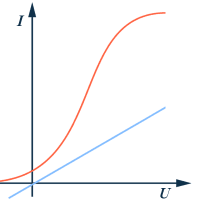Mixer Stage

Figure 1: linear and non-linear characteristic curves
If two different signals are overlayed, there are two possibilities for the result:
- If the overlapping happens at a component with a linear characteristic curve (like a resistor),
then a beat arises. This beat causes that the amplitudes of the two signals add themselves up
dependent on its algebraic sign.
Classic examples of this is the tremolo (in the acoustic).
- If the overlapping happens at a component with a non-linear characteristic curve (like a diode),
a mixture of the frequencies of the input signals arises
with the result that in addition to the initial frequencies new frequencies arise:
the sum of the frequencies f = |f1+f2| and
the difference of the frequencies f = |f1-f2| .The frequency modulation is an example from the radio here.
The simplest type of radar mixer is the unbalanced crystal mixer. It has one major disadvantage; its inability to cancel local oscillator noise. Difficulty in detecting weak signals will exist if noise is allowed to pass through the mixer along with the signal.


Figure 2: Mixer-diode

Figure 3: commonly used symbol in block diagrams

Figure 3: commonly used symbol in block diagrams
One advantage of the unbalanced crystal mixer is its simplicity. The crystal most commonly used is the point-contact crystal diode; however, recent developments in the field of solid-state microwave devices may soon replace the point-contact diode with devices that produce even less noise. The Schottky-barrier diode is an example of a relatively recent development that produces less noise than the point-contact crystal.
The better one type of mixer which cancels local oscillator noise is the balanced, or hybrid, mixer. The hybrid mixer eliminates the noise of the local oscillator effectively. (Noise arriving with the echo signal is not affected.)
Mixers may also be classified to as balanced and unbalanced. Unbalanced mixers allow some of the input signal power to pass through to the output. A single-balanced mixer is arranged so that one signal port (in practice the local oscillator port mostly), cancels and cannot pass through to the output. A doubly balanced mixer has symmetrical paths for both inputs, and will have no output if either input signal is not present.
Image-Reject Mixer

power
divider
signal
oscillator
sideband
sideband
Figure 4: Image reject mixer

power
divider
signal
oscillator
sideband
sideband
Figure 4: Image reject mixer
A conventional mixer has two input responses at points above and below the LO frequency where the frequency separation equals the IF, described as f1+f2 and |f1-f2|. The unused response, known as the image frequency, can be suppressed by the image-reject or single-sideband mixer shown in Figure 4. The -3 dB RF hybrid produces a 90° phase differential between the LO inputs to the two mixers. The effect of this phase differential on the IF outputs of the mixers is a +90° shift in one sideband and a -90° shift in the other. The IF hybrid, adding or subtracting another 90° differential, causes the high-sideband signals (f1+f2) to add at one output port and to subtract at the other.
An image rejection mixer is often used to eliminate one sideband from converting to the IF frequency. The typical reason for this is noise figure: image noise from the unwanted sideband can easily pollute the noise figure of your receiver by 3 dB. A second reason to suppress the image-frequency in radar receiver is a protection against jamming.
In practice, image reject mixers often do not provide sufficient rejection of the image response alone without filtering. In this case, they can be used in conjunction with an image rejection filter, reducing the magnitude of rejection required by the filter.

